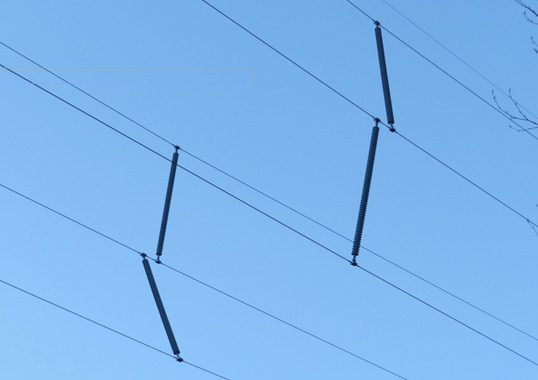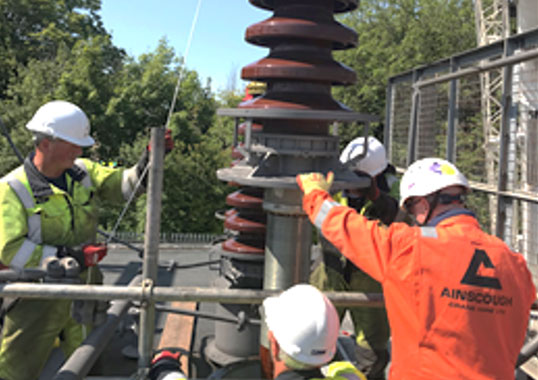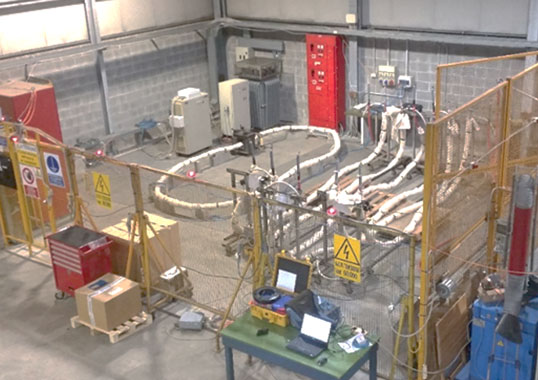The key function of a phase spacer is to prevent the approach of phase conductors on a high voltage overhead circuit due to formation of ice sleeves and the presence of strong wind. Such natural events can lead to deflection of conductors that are subjected to the increased mechanical loads being generated. In the case of ice sleeve formation, different possible outcomes can arise. For example, an ice sleeve deposited on the lower phase can disperse while that deposited on the upper phase remains. Any whiplash oscillation triggered on the lower phase can then bring it dangerously close to the upper phase still fitted with the ice sleeve and generate discharge between the phases due to jumping. Similarly, during heavy ice storms where wind blows sideways to a line, rotational movements can occur that cause permanent deformation of the conductor as well as significantly increased load on both line insulators and the towers themselves. In the most serious cases, this can even lead to collapse of structures supporting the line. This presentation explains how proper engineering and application of phase spacers in these types of situations can counteract excessive rotational forces on phase conductors and help avoid these types of issues.

Application of Interphase Spacers to Transmission Systems by Giovanni Giobbe








